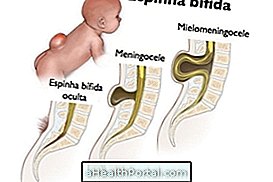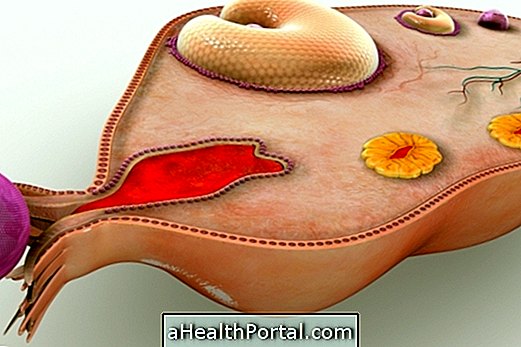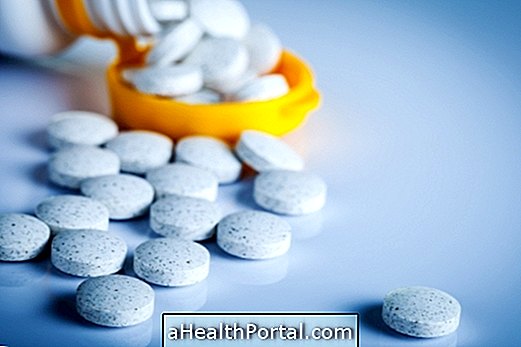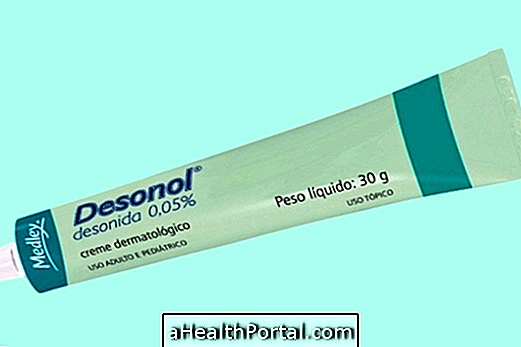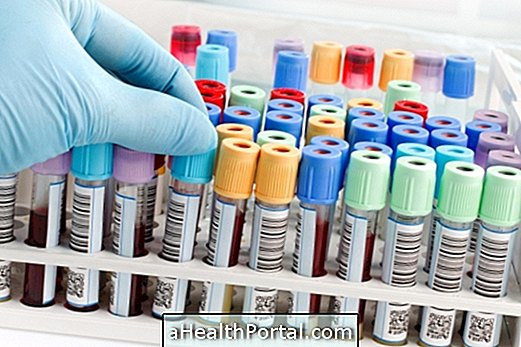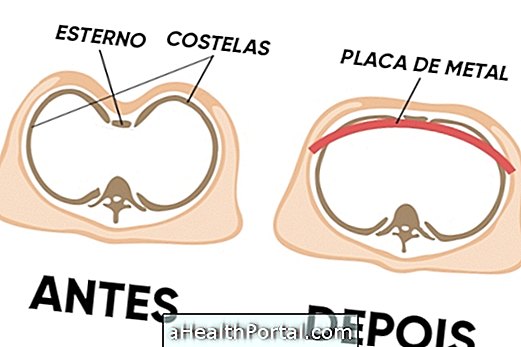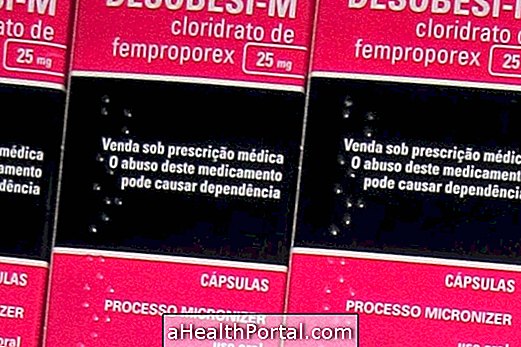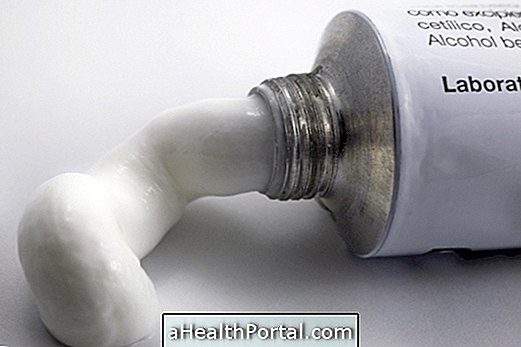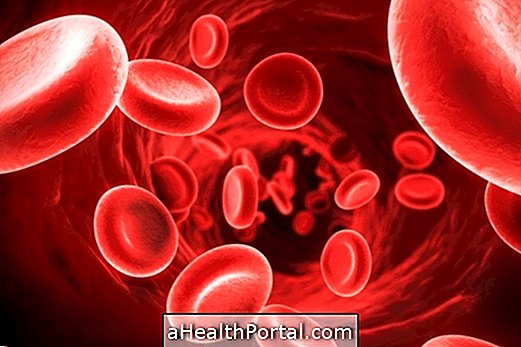Hashimoto's thyroiditis is an autoimmune disease characterized by an inflammation of the thyroid, which leads to hyperthyroidism which is often followed by hypothyroidism.
In Hashimoto thyroiditis the body produces antibodies that attack the thyroid and this can happen at any stage of life. The disease begins with a painless enlargement of the gland or with a ball-like sensation in the neck, which causes no palpation pain.
It is common for patients with Hashimoto's thyroiditis to have other endocrine disorders such as type 1 diabetes, adrenal gland malfunction or other autoimmune diseases such as pernicious anemia, rheumatoid arthritis, Sjögren's syndrome, Addison's disease or lupus, and others as deficit of ACTH, breast cancer, hepatitis and the presence of H. pylori.
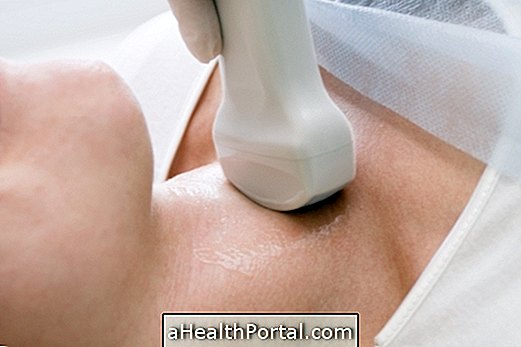
Main symptoms
The most common symptoms of Hashimoto's thyroiditis are exactly the same as hypothyroidism, such as:
- Easy weight gain;
- Excessive tiredness;
- Cold and pale skin;
- Constipation;
- Low tolerance to cold;
- Muscle or joint pain;
- Slight swelling of the front of the neck, at the thyroid site;
- Weakest hair and nails.
This problem is more common in women and their discovery is usually made between the ages of 30 and 50. Although there is no specific cause for the occurrence of Hashimoto's thyroiditis, it is possible that it is caused by a genetic change, since it is possible that the disease appears in several people of the same family.
What exams do you do?
Hashimoto's thyroiditis is the most common form of hypothyroidism in countries where there is iodine in salt, as in Brazil. For the diagnosis, the blood test that evaluates the amount of T3, T4 and TSH, and anti-thyroid antibodies (anti-TPO) should be performed. TSH is usually normal or increased, never being decreased.
Some people may have antithyroid antibodies but do not have any symptoms and are considered to have subclinical autoimmune thyroiditis and therefore do not require treatment.
How is the treatment done?
Treatment is usually only indicated when there are changes in TSH or when symptoms appear, and can be done by taking hormones such as levothyroxine for 6 months, and it is necessary to return to the doctor to reassess the size of the gland and perform new tests to whether to switch to another medicine or adjust the dose.
If the person has pain or if there is rapid thyroid growth, the use of corticosteroids, such as Prednisolone, for 3 to 4 weeks may be indicated for relief of symptoms.
Diet for thyroid changes
Watch the following video and see how eating can help with treatment:




